If you frequent news articles about new cars coming to India you must be familiar with terms like Completely Built-up Units(CBU), Completely Knocked Down(CKD) and Semi Knocked Down(SKD). Today we will go a bit in-depth on these three methods of car imports and see why companies prefer one over the other.
Before we go into the nitty-gritty of the three types lets discuss how the import tax works in India.
Import Tax On Types Of Cars and Bike
| Criteria/ Applicability | Import Duty (%) |
| Used Cars | 125 |
| Cars CBUs whose CIF value is more than $40,000
Or Petrol Engine> 3000 CC |
100 |
| Cars CBUs whose CIF value is less than $40,000
And petrol Engine< 3000 CC |
60 |
| Two-wheeler CBUs | 50 |
| Commercial Vehicle CBUs | 30 |
| SKD containing engine or gearbox or transmission mechanism in pre-assembled form but not mounted on a chassis or a body assembly (Passenger Vehicles) | 30 |
| SKD containing engine or gearbox or transmission mechanism in pre-assembled form but not mounted on a chassis or a body assembly (Two-wheelers) | 25 |
| SKD containing engine or gearbox or transmission mechanism in pre-assembled form but not mounted on a chassis or a body assembly (Commercial Vehicles) | 25 |
| CKD containing engine, gearbox and transmission mechanism, not in a pre-assembled condition | 15 |
The import duty numbers are taken from the official SIAM website
CIF (Cost, Insurance and Freight) is an expense paid by the seller to cover you guessed it, Costs to Freight the unit and Insure it in case of an accident. The insurance is compulsory and not a choice.
Popular Read: The Rise, Fall and Return of the Rotary Engine (Wankel Engine)
Nice Table, But What Does It Mean?
Import duty which is shown for different types of units is the amount of car in percentage that the company needs to pay as tax if they need to bring the car to India. What does it mean for us?
To counter the tax and the cost of manufacturing the car and turning a profit the companies increase the price of the car which is obvious as they need to make a profit.
The Better Choice?
Following the table, it’s obvious that the Completely Knocked Down Units with nothing pre-assembled is the cheapest way to import cars to India. So why do some companies still opt for Completely Built-Up Unit which will cost 100% or why they go for Completely Knocked Down Unit which forces the company to set up assembly plants in India?
Before we discuss which is the better import method, financially and logistically we need a brief study on all the methods and why are they used.
Completely Built-Up Unit | Brief Explanation
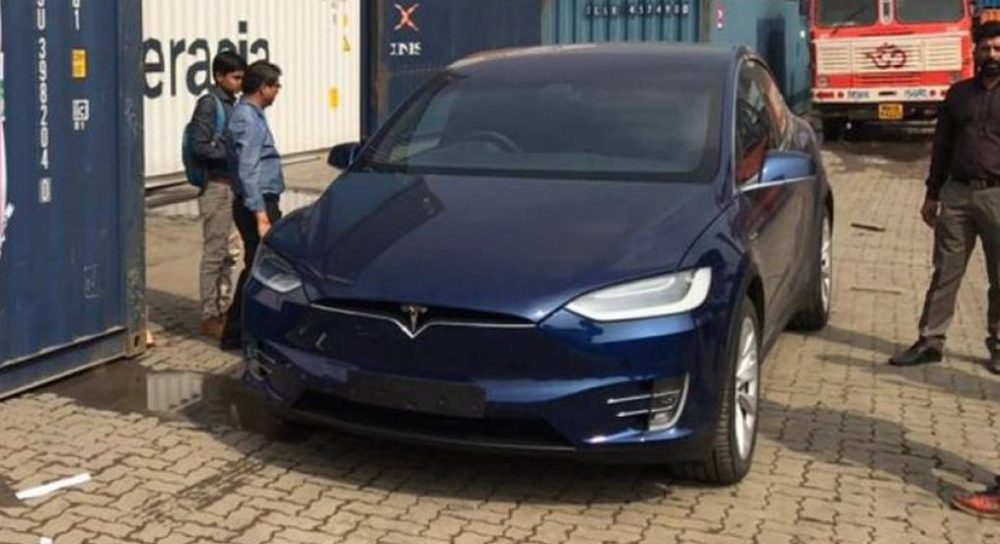
As the name might hint, CBU means a car which is directly imported from its country of origin to the country where it would be sold in our case India. Usually, high-end cars and bike are bought in the country as CBU units. The units are brought through sea route as they are exported in bulk and due to the size and weight of these units, air transport is not feasible.
Why Companies Choose CBU?
Completely Built-Up Units are costly to transport and garner more import tax, so why use them over other methods of import? That’s because the CBU units are usually high-end cars and bikes that don’t have a big enough following in India that would require the company to set up a plant and a manufacturing plant in the country. These manufacturing plants are not cheap to set up, making it cheaper to import CBU instead of CKD or SBU.
Taxation Of CBU Cars
CBU cars attract the second-highest import duty (100%), second to only used cars (125%). However, there are some other conditions that come along with a CBU which allow them to save 40% import duty and following are all of the possible import tax cases for CBU units coming to India.
Following cases are for non-commercial 4 wheelers.
- If the car has an engine displacement of more than 3000 CC being petrol or 2500 CC being a diesel it attracts 100%
- A CIF of more than $40,000 (28,55,642 INR) will have 100% duty.
- However, engine displacement of less than 3000 CC for petrol and 2500cc for diesel it will only garner 60% customs duty or
- It has a CIF of lower than $40,000 (28,55,642 INR) it will again have only 60%.
Commercial 4 wheelers
- A flat 30% import duty irrespective of what the engine displacement or the CIF for the car is.
Two Wheelers
- Another no case scenario just a 50% import duty.
Justification Of Tax On CBU
CBU doesn’t help the country at all where it is exported to. Its a completely built car thus requiring no assembly or workforce from India. To counter this and help Indian companies more the government levies a heavy tax on such car which is completely justified.
CBU Cars In India
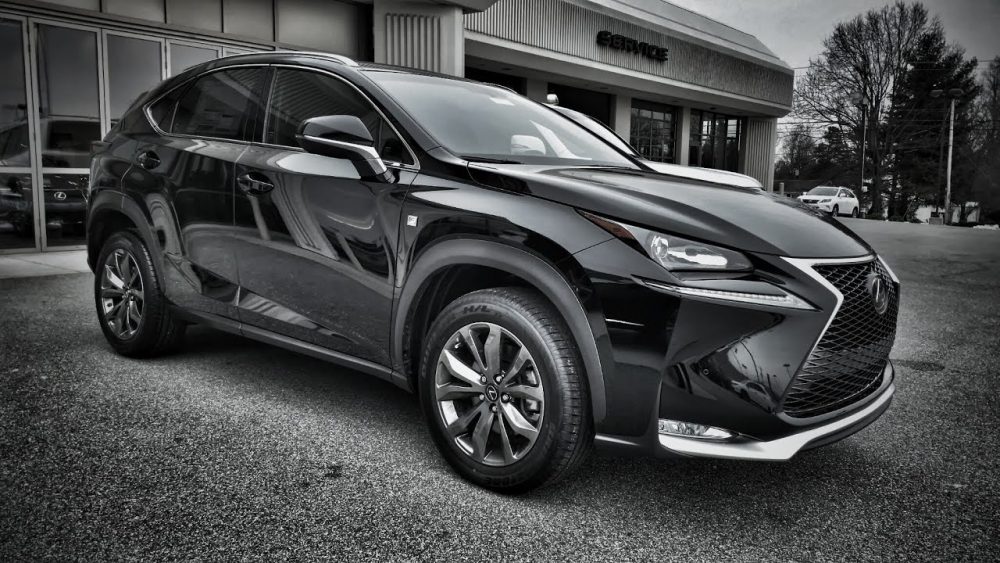
- Lexus NX300h crossover
- Hyundai Santa Fe
- Honda CRV
- Volvo S60, XC60, S80, XC90
- Chevrolet Trailblazer
- Almost all of Lamborghini, Koenigsegg, Ferrari models
- Audi A8 L, S4, S6, RS5, TT, R8
It is to be noted that some of these companies have now shifted to the CKD route or completely make cars in India but Volvo still uses the CBU method.
Now that we have discussed what CBU means and how does the import for it works let’s take a look at the completely opposite car import method, Completely Knocked Down.
Completely Knocked Down | A Brief Explanation
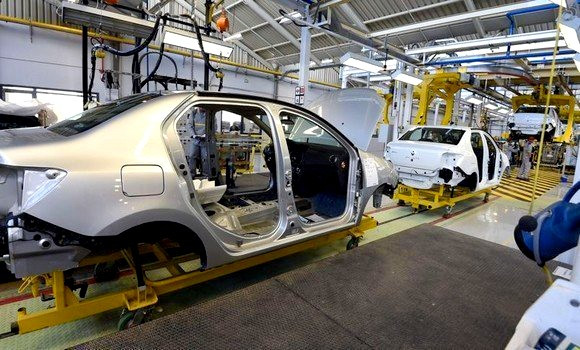
CKD or Completely Knocked Down is the method which involves exporting a car in pieces to the country of sale and assembling it then and there. The polar opposite of CBU, CKD helps both the company that exports the car and the company that imports it.
Why Companies Consider CKD?
Indian government levies less tax on CKD units allowing them to earn more profit of off the car than what they would get from CBU. The company and the government have a Memorandum Of Understanding (MOU) which makes it so if the company provides employment to local people the government will provide concession for the land purchasing/ lease in turn. This helps everyone involved.
Taxation Of CKD Cars
There are not multiple cases and it has only one case of import duty
- CKD with the transmission, not pre-assembled in any form garners 15% tax.
Similar Read: Ford Vs Ferrari | An Epic Rivalry | A True Story
Justification Of Taxation Of CKD
CKD cars can be considered a symbiotic relationship. A symbiotic relationship is a biological term where both the parties enjoy benefits from it. As discussed earlier CKD ensure employment in the country of import and keeps the money moving around recirculating the cash in the country. This is better for the government of said country so much so that they make it easier than CBU by providing multiple concessions to entice companies to select CKD over CBU.
CKD Cars In India
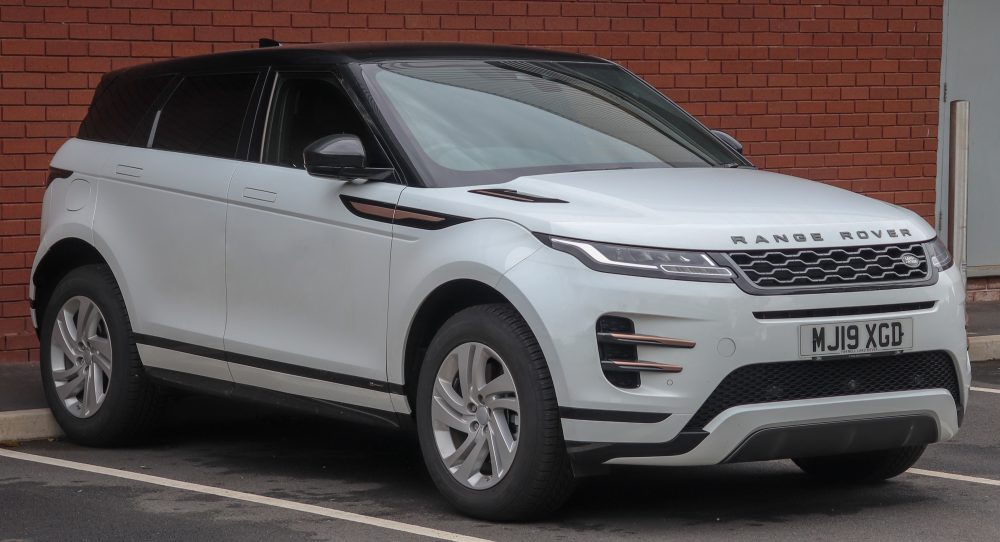
- Renault Fluence
- Jaguar XE, XF, XJ
- Land Rover Evoque
- Land Rover Discovery Sport
- Audi A3, Q3 ,Q5,A4, A6,Q7
- Chevrolet Cruze
- BMW X, X3, X5
Semi Knocked Down | A Brief Explanation
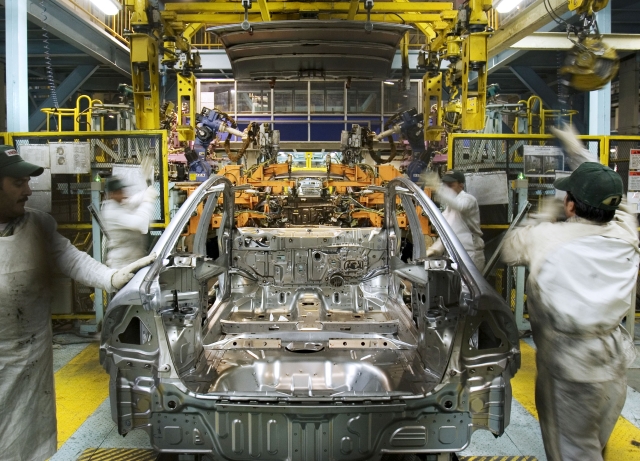
SKD can be considered a subdivision of CKD as it involves exporting the car in a non-completely built state but a bit more stable than CKD as it has the transmission mounted on the chassis unlike CKD
Why Companies Consider SKD?
SKD is a middle ground between CKD and CBU and they require a little bit less work than CKD that is testing and Quality Check steps are reduced. This helps the company avoid some expenses which however is mitigated by the fact that SKD has more tax levied on it.
Taxation of SKD
SKD has two cases of different taxes depending upon the use of car i.e commercial or passenger.
- Semi Knocked Down car with its transmission mechanism in a pre-assembled form but not mounted on the chassis attracts 30% import duty.
- SKD of a car/ bike with its transmission mechanism in a pre-assembled form but not mounted on the chassis attracts 25% import duty.
Justification Of Taxation Of SKD
SKD is a middle ground for the government. It involves setting up manufacturing plants as CKD does but it needs less work on it compared to CKD. This means less employment and fewer resources purchased by the company. This makes the government imposes a bigger tax on it compared to CKD but still a smaller amount than CBU.
SKD Cars In India
India doesn’t get SKD cars anymore as CKD is a better choice by every margin. One of the commonly known cars that used SKD was Maruti Suzuki S-Presso.
CBU Vs CKD Vs SKD
As A Company
CKD is the better choice for the companies because of lower custom duty on it means more profit for the company. This also allows them to have aggressive pricing to compete with local carmakers.
As A Consumer
It completely depends upon the car the consumer wants to buy as the same car doesn’t come through multiple builds we don’t have a choice.
Now as more and more brands are coming to India and deciding to stay for longer terms CKD will start to prevail more and more till the companies start to Make In India.
Suggested Read: Great Wall Motor Haval H SUV Unveiled: Auto Expo 2020 Day 1






[…] with the new policy, the 1 percent will apply to only Completely Knocked Down Units (CKD) for EV, though the 15 percent import duty will remain on non-localized […]
[…] https://gomechanic.in/blog/cbu-skd-ckd/ […]